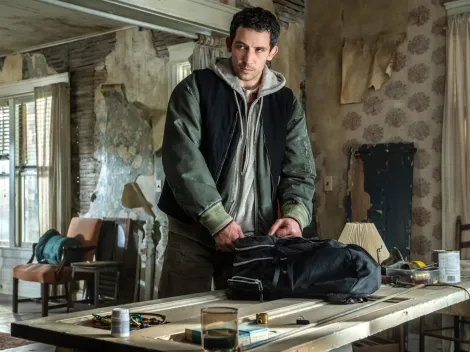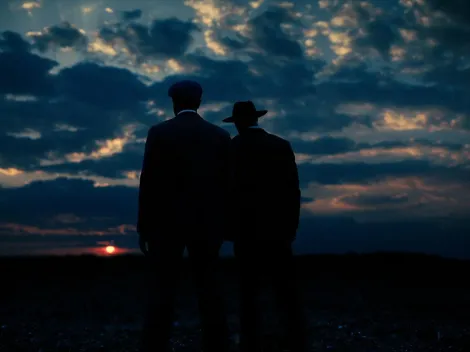For 65 years, The Twilight Zone has existed in that eerie space between reality and imagination, a place where the familiar twists into the extraordinary. Its episodes have become cultural touchstones, blending suspense, social commentary, and the uncanny in ways that continue to captivate audiences decades after their original broadcasts.
The Rod Serling’s series has left an indelible mark on storytelling, inspiring creators, filmmakers, and fans alike. Its most iconic episodes linger in memory not just for their twists, but for their ability to tap into universal fears, hopes and curiosities.
“Eye of the Beholder” (Season 2, Episode 6)
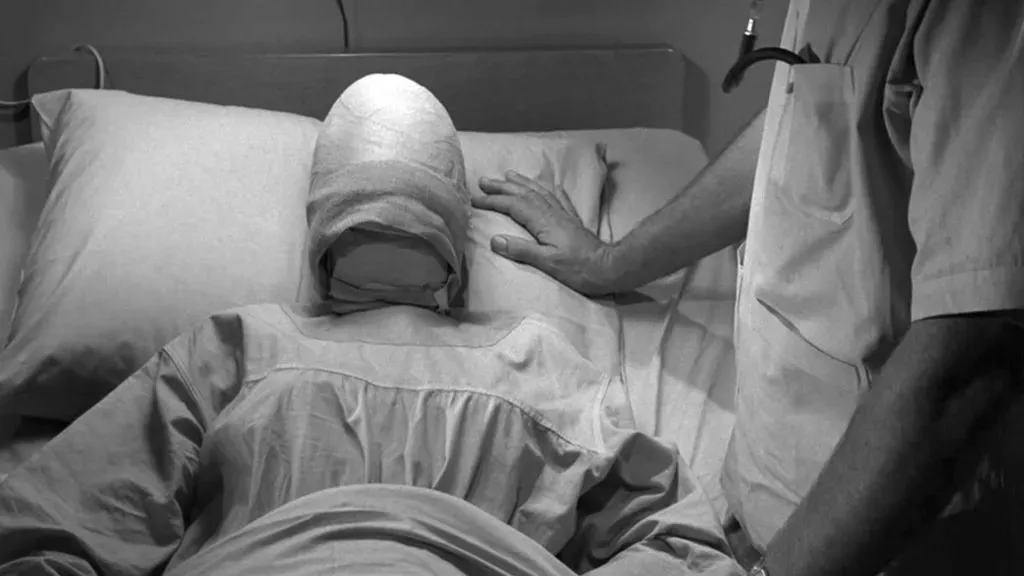
(Source: IMDb)
A woman with a bandaged face undergoes her final surgery hoping to become “normal” and beautiful. The famous twist reveals not only that the woman is beautiful (by our standards), but that all the medical staff have distorted, grotesque faces. The episode is a searing critique of social conformity and subjective beauty, remaining a landmark for its powerful message against discrimination.
“Nightmare at 20,000 Feet” (Season 5, Episode 3)
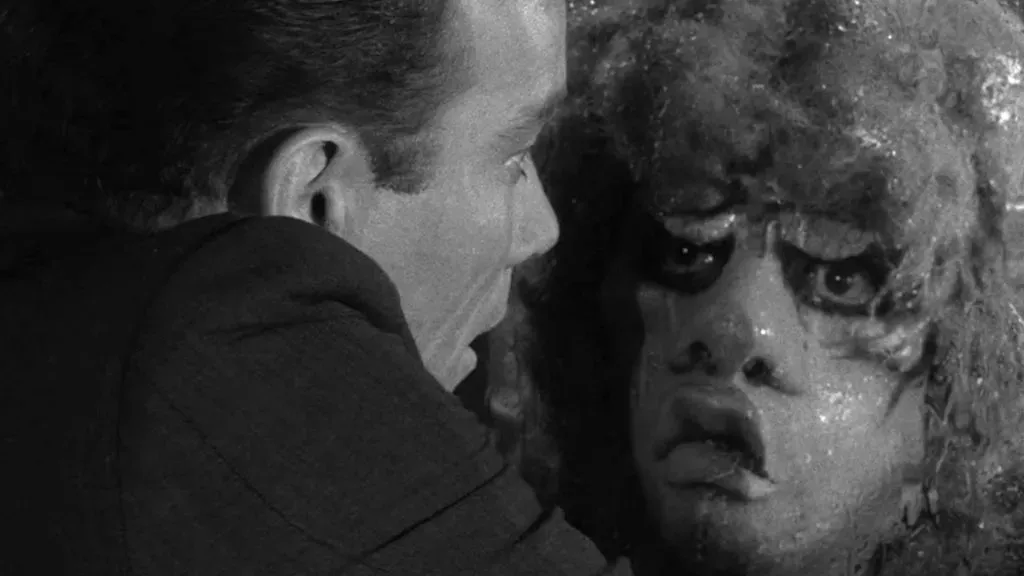
(Source: IMDb)
Starring a young William Shatner, the episode features Bob Wilson, a nervous man who, during a flight, sees a creature (a gremlin) tampering with the plane’s wing. The story of his isolated hysteria over a threat only he can perceive established the “monster on the wing” concept as the definitive archetype for high-stakes paranoia and the psychological horror of being disbelieved.
“To Serve Man” (Season 3, Episode 24)
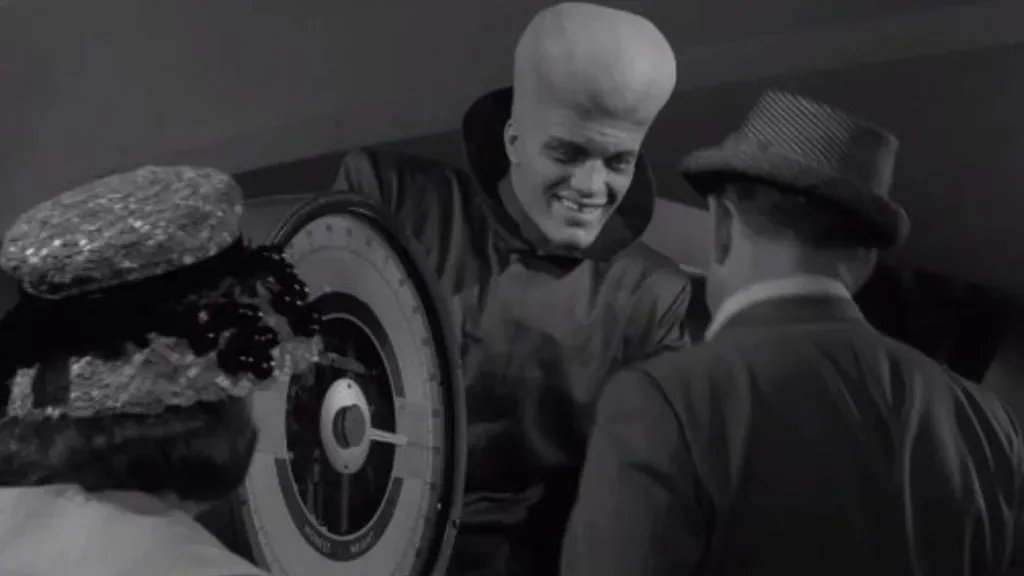
(Source: IMDb)
The Kanamits, a giant alien race, arrive on Earth with promises of peace and prosperity. The climax occurs when a cryptographer reveals the title of the Kanamit book just before humans are loaded onto alien ships. The final twist—”It’s a cookbook!”—is the single most iconic, shocking, and widely parodied twist in television history, forever consolidating the series’ legacy as the master of existential horror and narrative irony.
“Time Enough at Last” (Season 1, Episode 8)
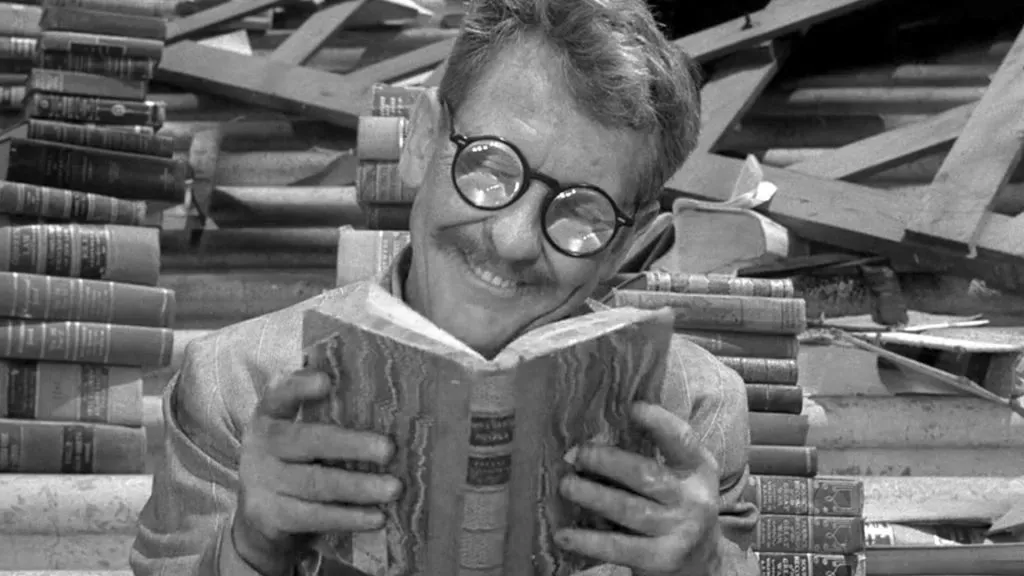
(Source: IMDb)
The meek, nearsighted Henry Bemis (Burgess Meredith) only desires time to read. He survives a thermonuclear blast by hiding in a bank vault, finding he is the only survivor on Earth with all the time in the world for his books. The devastating conclusion, when he breaks his glasses, is the epitome of the cruel irony of fate that defines The Twilight Zone, and the most widely cited story of granted wishes leading to tragedy.
“The Monsters Are Due on Maple Street” (Season 1, Episode 22)
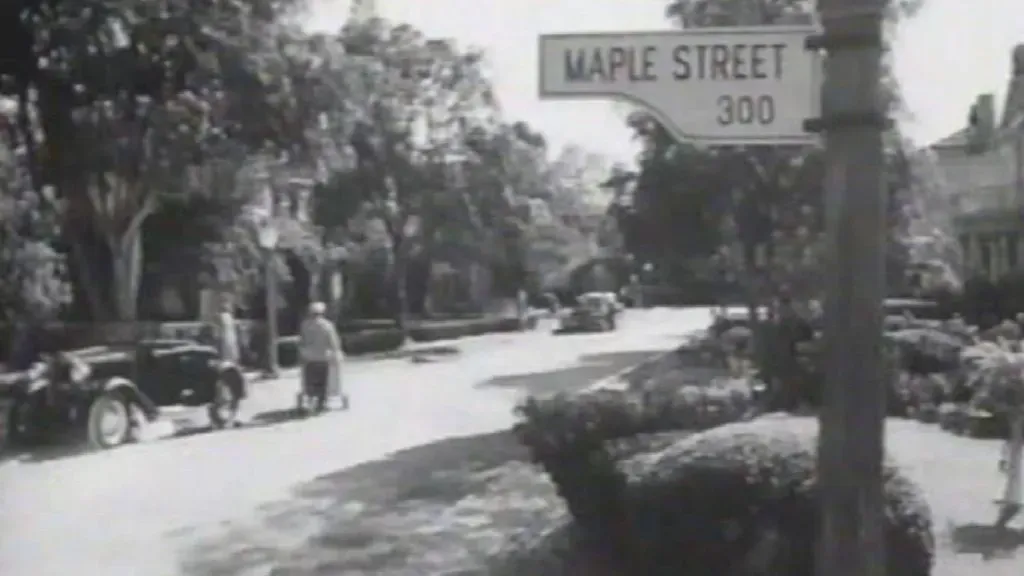
(Source: IMDb)
After a power outage strikes a quiet suburban street, the community instantly descends into frenzy and violence, accusing each other of being alien invaders. Serling used this episode as a direct allegory for Cold War paranoia and mass hysteria. Its lasting legacy is the dramatic demonstration of how easily fear and internal distrust can destroy the fabric of a civilized society, often cited as one of the most important social commentary episodes.
“Will the Real Martian Please Stand Up?” (Season 2, Episode 28)
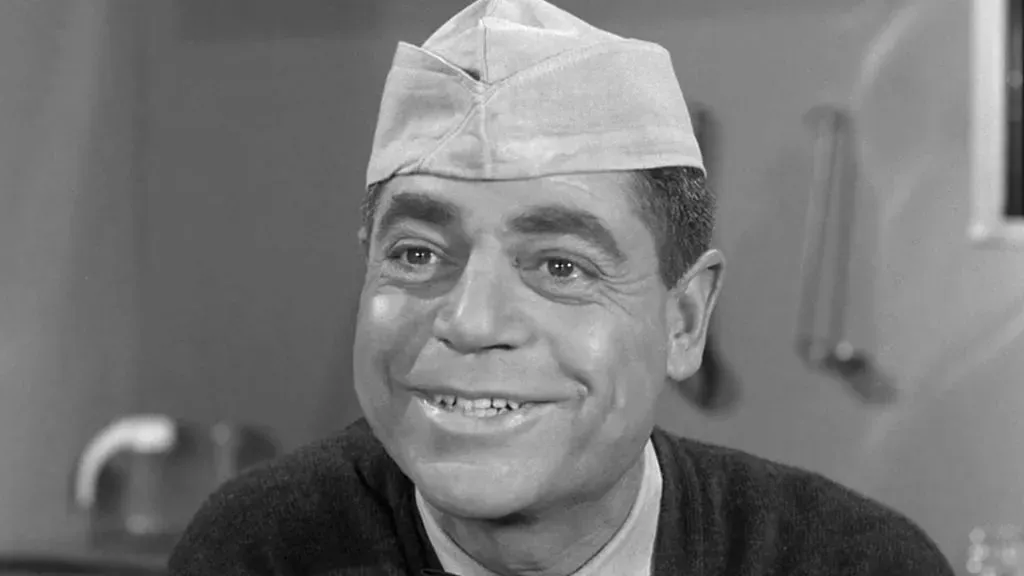
(Source: IMDb)
Following a UFO crash, a group of travelers is stranded in a small diner, where two state troopers attempt to determine which of the nine people is an alien. The episode is a masterclass in suspense and paranoia, using dialogue and rising tension to explore themes of hidden identity and distrust, culminating in a brilliant double-twist that questions who is truly the outsider.
“Living Doll” (Season 5, Episode 6)
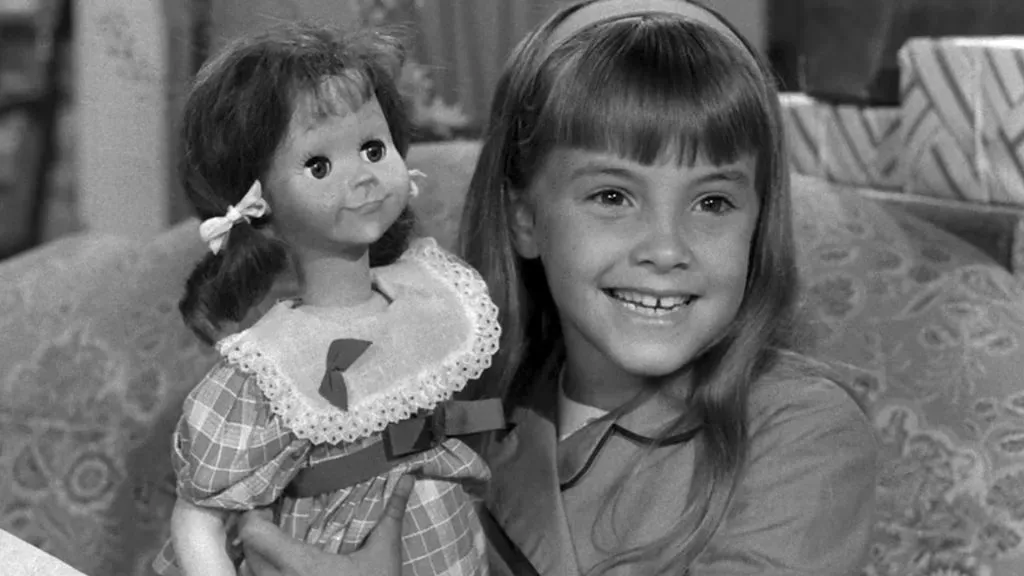
(Source: IMDb)
Starring Telly Savalas, the episode centers on a talking doll, Talky Tina, who threatens a cruel and abusive stepfather. The doll’s terrifying effectiveness comes from her cold, monotonous voice and calculated menace. This episode solidified the evil doll trope in popular culture, influencing films like Child’s Play and establishing Tina as one of the most infamously creepy objects in television history.
“It’s a Good Life” (Season 3, Episode 8)
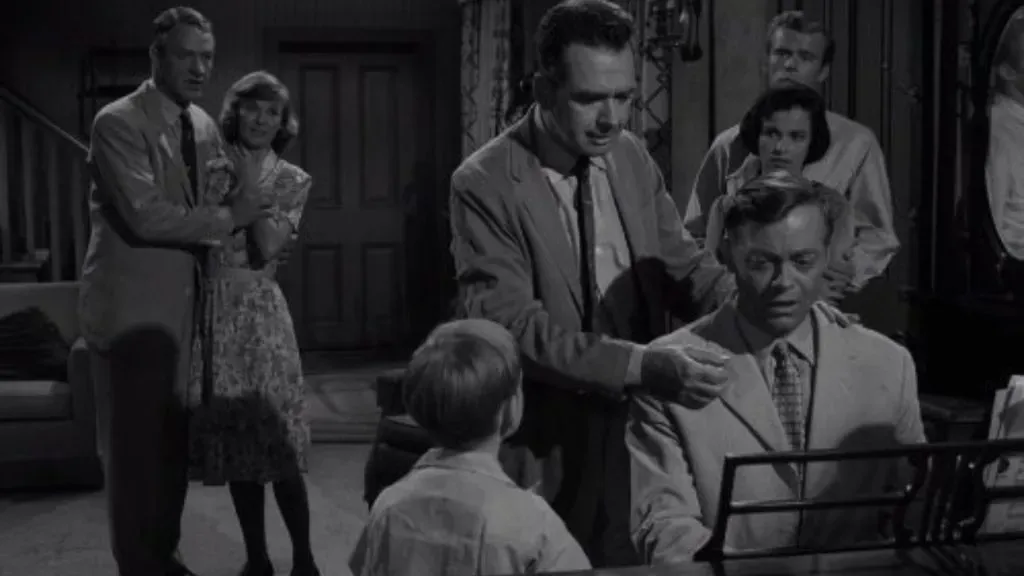
(Source: IMDb)
Based on a short story by Jerome Bixby, the episode features Anthony Fremont (Billy Mumy), a six-year-old boy with god-like powers who isolates his town, forcing everyone to comply with his childish will. The story is a chilling parable about the tyranny of unchecked power and the ultimate danger of giving in to the demands of a powerful narcissist, a concept endlessly referenced in media.
“The Obsolete Man” (Season 2, Episode 29)
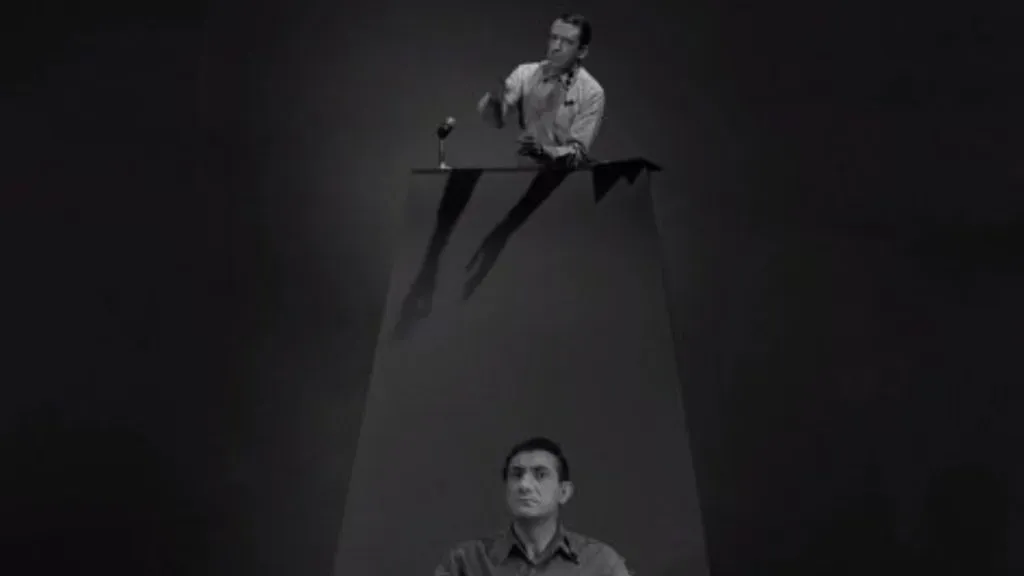
(Source: IMDb)
In a terrifyingly sterile totalitarian future where individual worth is determined by usefulness to the State, librarian Romney Wordsworth (Burgess Meredith) is declared “obsolete” and sentenced to death. This episode is a powerful and enduring allegory against totalitarianism and the suppression of intellectual freedom, asserting the invaluable nature of literature and the human spirit against government control.
“The Shelter” (Season 3, Episode 3)
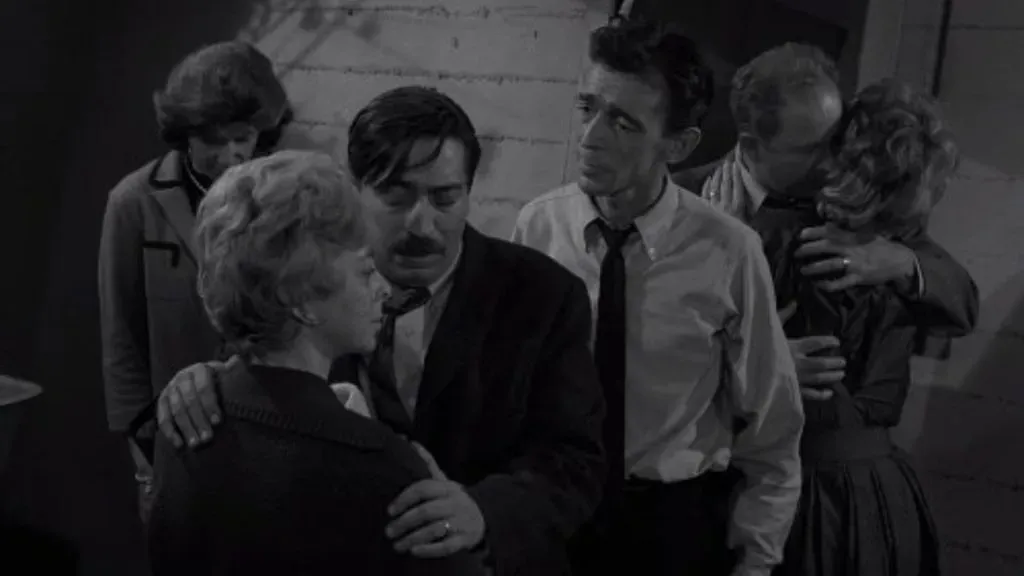
(Source: IMDb)
A group of close friends and neighbors panic when news of an impending nuclear attack breaks, leading them to violently turn on the one family in the neighborhood that built a functional bomb shelter. This episode serves as a chilling indictment of Cold War paranoia and human nature’s swift descent into barbarism when survival is threatened, proving that the real monsters are often the people next door.




